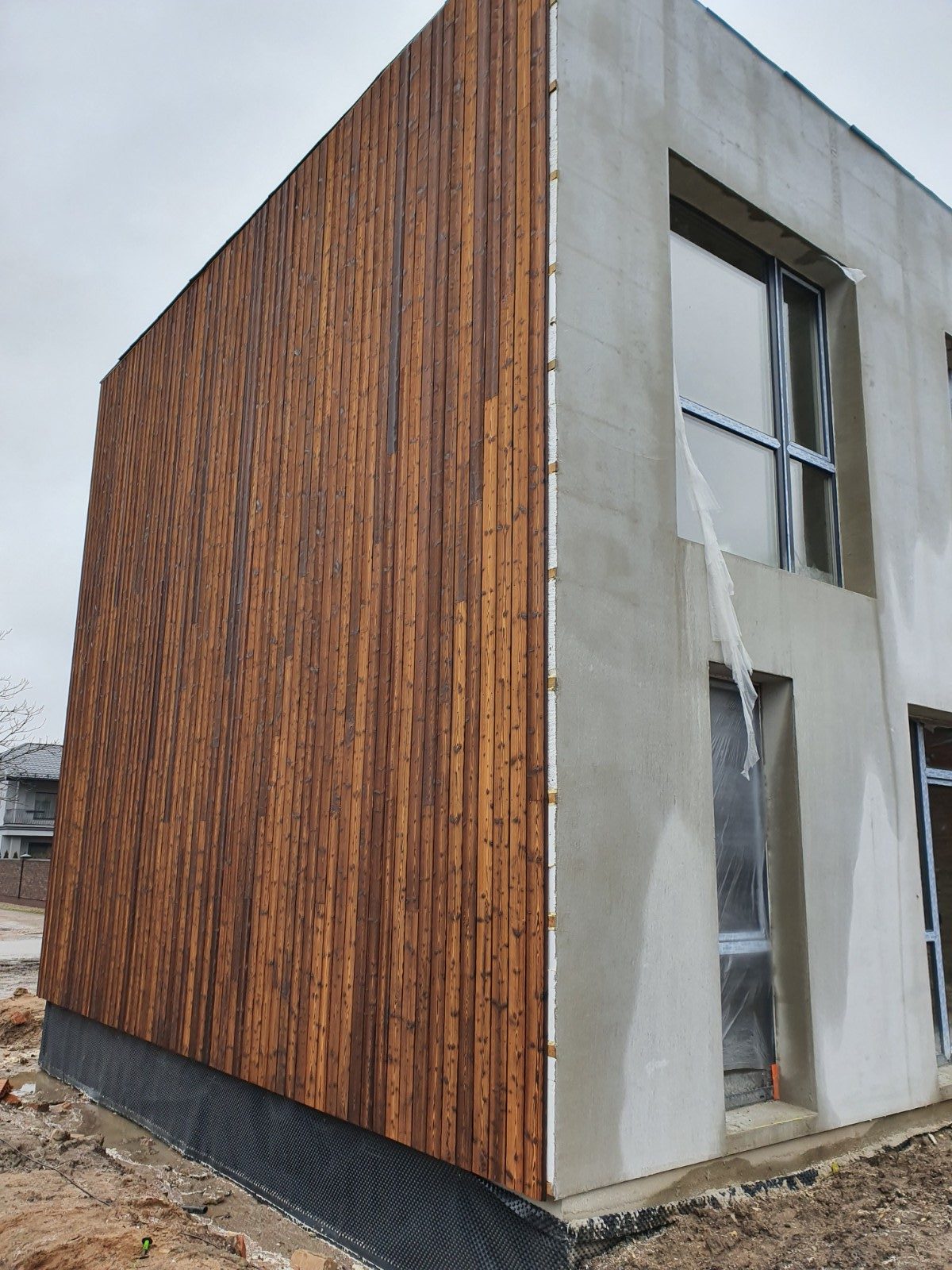What is Cladding Used for
Have you ever wowed so much at a building’s exterior color, patterns, and textures that you fell in love with it straight on? For a company, clients will more likely return for more business if the environment is pleasant. You can make your home as welcoming and inviting as you want just by choosing the color, design, and texture of its walls.

The beauty of a building is as important as its durability. Vitruvius, an early 1st-century Roman architect, cites beauty as one of the three essential qualities of a building. Cladding plays an integral part of a building’s beauty. In architecture, siding stands for a secondary material over a building’s structural elements as a protective cover and a way to reinforce a structure’s mechanical strength. As such, it plays a significant role in any building’s aesthetics.
The Benefits of Effective Cladding
The aesthetic qualities of siding are by far the most obvious. However, it serves other less apparent purposes that are just as important. In this article, we shall consider the top four benefits it brings to the table.
-
Protecting Structural Materials
The surfaces of buildings may suffer damage if they are exposed to the elements over lengthy periods. For instance, sharp variations in temperature cause expansion and contraction, which speeds up the structure’s breakdown and erosion. Therefore, siding greatly extends the life of a structure by improving its overall strength and protecting it from temperature changes, harmful UV rays, rain, and snow. This protective layer significantly the maintenance cost of a building. Hence, the accumulated savings justify the initial cladding cost of investment.
-
Enhanced Energy Efficiency
In today’s world, the impact we make on our environment is more critical than ever. Cladding enhances energy efficiency in two ways. First, it insulates a building against heat loss, which reduces the cost of heating during winter and cooling during summer. Second, selecting brighter colors for the inner siding amplifies natural light, enhancing energy conservation even further.
-
Fire Resistance
One way to protect a building against fire is to insulate its walls with non-combustible siding. The occurrence of some of history’s most devastating fires in recent times, such as the 9/11 attacks on The World Trade Center has also informed many changes to building design, construction, and the types of materials used. Since 9/11, authorities have introduced lots of legislations and guidelines to promote greater safety measures, most of which relate to fire prevention. Rising temperatures due to climate changes, as well as powerful winds, have led to devastating fires in Australia. Cladding serves as an active layer of additional protection against fire spreading into homes.
-
Improved Acoustics
The value of peace and quiet can never be understated. We all value our privacy, and we all like to get a bit noisy every now and then. Cladding the inner walls of your home with soundproof materials serve as an effective sound barrier. It maintains your privacy and ensures the outside noise stays outside. However, siding needs to be complemented with soundproof flooring and decking materials as well.
Why Charred Wood Stands Out
Cladding is only as effective as the material from which it is made. Traditionally, there are over ten cladding material types, including stone, brick, vinyl, wood, and metal. However, each of these is not without one shortcoming or the other, including cost, durability, and environmental impact.
The ancient Japanese wood preservation technique known as Shou Sugi Ban reemerged, gaining considerable worldwide attention in recent years. This name is the more popular but corrupted version of the term Yakisugi. It’s a traditional wood preservation technique that involves the burning, smoothening, and polishing up wood surfaces to produce a more durable, sturdier, and appealing finish than other contemporary wood products.
Also, Shou Sugi Ban is a completely natural process of wood preservation, involving no chemicals whatsoever. The ancient Japanese masters mostly used cypress wood, but modern charred timber cladding variants also feature Accoya, larch, pine, spruce, and cedar. Therefore, burnt wood cladding offers various colors and patterns to match any structure and architectural style.

To Sum it Up
With over ten years of experience in using the Shou Sugi Ban wood preservation technique, Degmeda offers a fantastic lineup of artisanal products featuring Accoya, pine, spruce, and cedar. Whether you’re looking for cladding, siding, fencing, decking, flooring, or any other type of project, you’ll find a product that will easily turn your ideas into reality. On top of that, we also provide wood charring services and worldwide shipping.
Yakisugi is a 100% natural solution that lasts up to 100 years, requiring nothing more than a fresh oil coat every 10-15 years. Enjoy the benefits of unmatched durability and resistance combined with incredible aesthetic features, a wide range of colors, and beautiful, unique patterns only natural wood provides. On our website you can find the combination of form, function, and design perfect for your home.